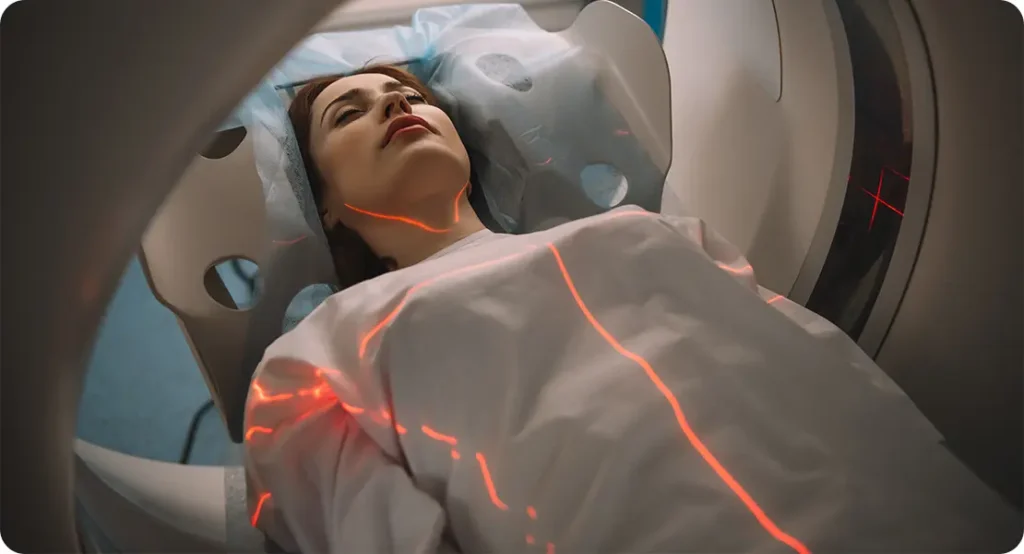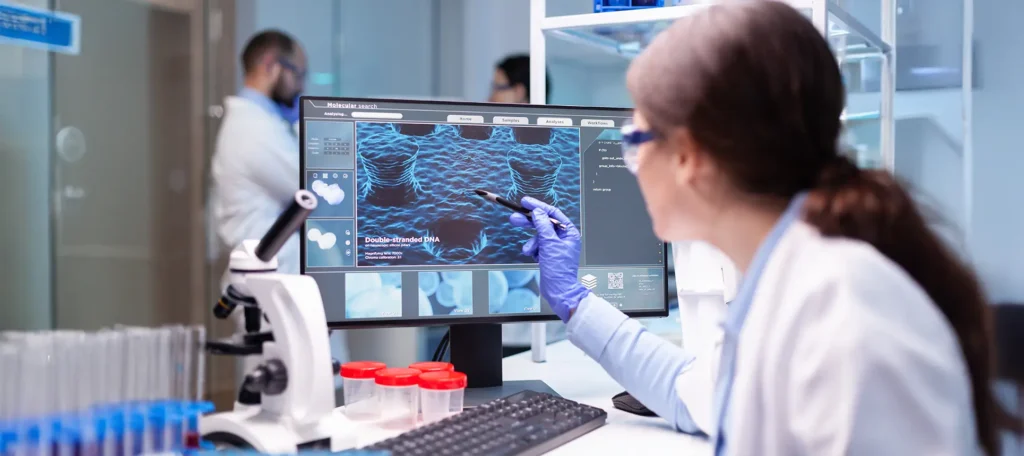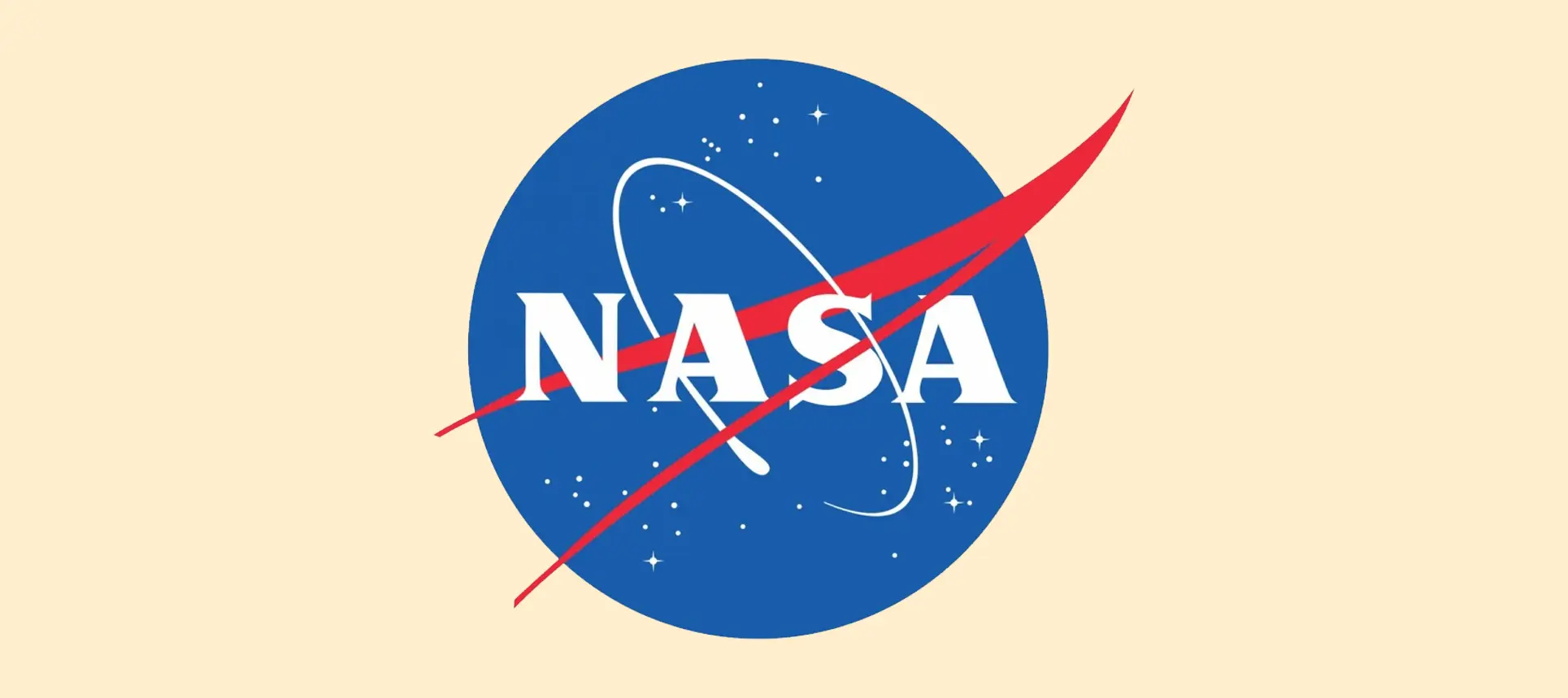When we think about space travel, we often imagine the thrill of zero gravity, stunning views of Earth, or life aboard the International Space Station (ISS). But few of us consider the toll that space takes on the human body—particularly the eyes. One of the more surprising and troubling findings in space medicine is the link between space radiation and the early formation of cataracts in astronauts.
NASA has been studying this for decades, and the data paints a fascinating, if concerning, picture. Cataracts, which typically develop in older adults on Earth, seem to form earlier in astronauts exposed to high levels of cosmic radiation. And if you’re wondering what this might mean for long-term missions to Mars or beyond, you’re not alone. Let’s dig into what we know, what we’re learning, and how it could affect the future of space travel—and even eye health here on Earth.
Understanding Cataracts: What Happens to the Lens?
Before we zoom into orbit, let’s quickly go over what a cataract actually is. The lens of your eye is normally clear, helping to focus light on the retina so you can see sharp images. Over time, the proteins in the lens can clump together and create a cloudy area, or opacity—this is a cataract.
On Earth, this typically happens as part of ageing or due to risk factors like diabetes, steroid use, smoking, or excessive UV exposure. In space, though, the risk profile changes. Instead of decades, changes to the lens can start appearing in just a few years, especially in astronauts exposed to higher doses of cosmic radiation.
The Space Radiation Problem
Space radiation isn’t like the kind you get from an X-ray or sunlight. In orbit and beyond Earth’s protective magnetosphere, astronauts are bombarded by high-energy particles from galactic cosmic rays (GCRs) and solar particle events (SPEs). These are made up of protons, helium nuclei, and even heavier ions—some travelling close to the speed of light.
These particles are highly penetrating and can cause direct damage to DNA, as well as trigger oxidative stress and inflammation in tissues. Unlike on Earth, where the atmosphere and magnetic field act as a natural shield, astronauts are left relatively unprotected. And one of the most sensitive parts of the body to this radiation? The lens of the eye.
What NASA Found: The NASCA Study
NASA’s landmark study on this issue—the NASA Study of Cataract in Astronauts (NASCA)—began collecting data in the early 2000s. This was a long-term, controlled study that compared astronauts with significant spaceflight experience to those with no exposure.
Here’s what they found: astronauts who had flown in space had a significantly higher risk of developing nuclear cataracts—the type that forms in the central zone of the lens. The higher the radiation dose, the greater the risk.
This wasn’t just a vague association. The relationship was dose-dependent and statistically significant. The astronauts weren’t elderly, either. Many were in their 40s or 50s—well below the typical age of cataract onset. That raised alarm bells.
How Radiation Triggers Lens Opacities
So how exactly does radiation cause cataracts? The answer lies in biology. The lens is made of highly ordered cells called lens fibres, packed with proteins called crystallins. These proteins are crucial for keeping the lens clear and functional.
Radiation damages both DNA and proteins directly. It also generates reactive oxygen species (ROS), which further harm the delicate balance within the lens. When crystallin proteins get damaged, they begin to clump, leading to the characteristic clouding of cataracts.

In space, high-LET (linear energy transfer) radiation from heavy ions like iron is particularly damaging. These ions create dense ionisation tracks that inflict widespread damage, even in non-dividing cells like those in the lens. Unlike skin or gut tissue, the lens doesn’t regenerate easily, so damage accumulates.
The Role of Dose and Duration
NASA’s dosimetry data—based on personal radiation badges worn by astronauts—showed a clear correlation between the cumulative radiation dose and the risk of lens opacity. Astronauts who had been on multiple long-duration missions, particularly those on the ISS or Shuttle-Mir programmes, had the highest risk.
Interestingly, even short-duration missions—like those on the Space Shuttle—carried risk if repeated over time. This cumulative effect is something space medicine experts now take very seriously when planning mission lengths and crew rotations.
In terms of quantity, astronauts may receive around 80 to 160 mSv of radiation on a six-month ISS mission. For perspective, the annual occupational dose limit for radiation workers on Earth is just 20 mSv. That’s quite a jump.
Why This Matters for Mars Missions
Going to Mars isn’t like going to the ISS. A round-trip mission could take up to three years, and during that time, astronauts will be outside Earth’s magnetic shield for extended periods. There’s no place to hide from GCRs and other radiation types. Shielding helps—but only to a limited degree, especially against high-energy particles.
This dramatically increases the predicted radiation dose for each crew member. Some estimates suggest they could receive more than 1,000 mSv over the course of a mission—enough to raise not just cataract risk but also the lifetime risk of cancer and cardiovascular issues.

When planning these missions, NASA must weigh these health risks alongside all the technical challenges. Eye damage may not sound as critical as a spacecraft malfunction, but losing visual clarity could compromise mission success. Piloting, operating equipment, and interpreting scientific data all require top-notch vision.
Insights from Other Space Agencies and Studies
NASA isn’t alone in this line of research. Russia’s space agency, Roscosmos, has conducted parallel studies, as have the European Space Agency (ESA) and Japanese Aerospace Exploration Agency (JAXA). The findings have been consistent—long-duration spaceflight increases the incidence of lens opacities.
In addition, retrospective studies of cosmonauts revealed that many had visual complaints following extended missions. Although their data sets differ slightly from NASA’s, the general consensus remains the same: radiation-induced cataractogenesis is real and measurable.
Even newer studies using advanced imaging technologies like Scheimpflug photography and anterior segment optical coherence tomography (AS-OCT) have revealed micro-changes in the lens that would previously have gone unnoticed. These findings suggest that the process may start earlier than previously thought—even before clinical symptoms develop.
Are There Any Protective Measures?
So, what’s being done to protect astronaut eyes? Currently, the main approaches include:
- Shielding
Radiation shielding remains one of the most immediate and practical strategies to protect astronauts from high-energy particles in space. Modern spacecraft are being designed with specific materials and configurations to block or absorb harmful radiation before it reaches the crew. Traditional shielding uses materials like aluminium, but newer approaches involve hydrogen-rich compounds, water walls, or even polyethylene-based structures, which are more effective at attenuating cosmic rays. Some concepts include incorporating these materials into the spacecraft walls, sleeping quarters, or emergency safe zones designed for solar particle events.
However, shielding is not a complete solution. High-energy galactic cosmic rays (GCRs) are so penetrative that most materials would need to be prohibitively thick and heavy to stop them completely—something that isn’t practical for space travel. The goal is to reduce radiation to manageable levels rather than eliminate it entirely. NASA and other agencies are exploring dynamic shielding methods as well, such as electromagnetic fields that mimic Earth’s magnetosphere, though these remain in early development. In the meantime, careful spacecraft layout and targeted shielding in critical areas remain the best defence. - Mission Planning
Mission planning plays a critical role in limiting an astronaut’s exposure to harmful radiation. By carefully scheduling the duration and frequency of spaceflights, space agencies can manage cumulative radiation doses received over a career. For instance, astronauts are subject to dose limits much like radiation workers on Earth, and agencies work to ensure that crew assignments stay well within these limits. This involves meticulous tracking of prior missions, estimated exposure based on solar activity cycles, and real-time monitoring once in orbit.
Planning also includes choosing safer timing for missions. Launches and extravehicular activities (spacewalks) are often avoided during periods of high solar activity, as solar flares can release a sudden surge of radiation. Some long-term planning even involves the selection of crew members who have not yet reached their radiation thresholds, or who may be genetically less susceptible to radiation-induced conditions. In essence, mission duration, frequency, and timing all work together to reduce the likelihood of eye damage and other health effects. - Pharmaceuticals
The use of pharmaceuticals is an exciting frontier in radiation protection, especially when it comes to sensitive tissues like the eye. Scientists are investigating compounds that can reduce the oxidative stress caused by radiation—primarily antioxidants that neutralise reactive oxygen species before they can damage DNA and proteins. Agents such as vitamin E, N-acetylcysteine, and other free radical scavengers have been tested in laboratory settings and animal models, with some evidence suggesting they may delay or reduce cataract formation.
That said, translating these results into effective therapies for astronauts is a complex process. Human trials in space are rare and difficult to conduct due to ethical and logistical limitations. Moreover, long-term use of such drugs must be proven to be both safe and effective across varying radiation exposures and individual metabolic responses. There’s also ongoing exploration of compounds that could repair radiation-damaged proteins or DNA. While none of these have yet become standard protocol, the groundwork is being laid for future space missions to include pharmacological eye protection. - Monitoring
Ongoing monitoring of astronauts’ eye health is one of the most vital tools in managing the risk of radiation-induced cataracts. Every astronaut undergoes a comprehensive ocular exam before spaceflight, including visual acuity tests, lens imaging, and optical coherence tomography. Post-mission exams track changes in lens clarity, allowing doctors to identify early signs of cataract formation. These longitudinal assessments have been instrumental in NASA’s understanding of how space radiation affects ocular tissues over time.
In recent years, there’s also been progress in performing eye assessments during spaceflight itself. Portable diagnostic equipment aboard the ISS now allows for real-time monitoring of visual changes, even in microgravity. This is particularly useful if astronauts report symptoms like blurry vision or halos around lights. As technology improves, the ability to detect lens opacities or retinal changes during missions will improve not just immediate medical care but also our overall understanding of how the space environment affects the eye.
The ideal solution—true biological protection—is still on the drawing board. Future developments in gene therapy or nanotechnology could play a role, but we’re not there yet.
Lessons for Earth-Based Medicine
Interestingly, the insights gained from space studies are now influencing our understanding of cataract formation here on Earth. For example, radiation therapy patients who receive head and neck treatments may also be at elevated risk for lens damage. Lessons from space are informing protocols to minimise exposure in these settings.
We’re also learning more about how oxidative stress contributes to cataractogenesis overall. This could lead to new preventative strategies for the general population, including dietary supplements, targeted drug therapy, or improved UV protection.
Future Research Directions
This field is far from static. Emerging areas of research include:
- Genetic susceptibility: Some astronauts may be more prone to radiation-induced cataracts based on individual differences in DNA repair or antioxidant capacity.
- Artificial intelligence: Machine learning is being used to predict cataract development based on a combination of radiation exposure, mission history, and biological markers.
- Long-term follow-up: As the astronaut population ages, more data will become available on the lifelong impact of space exposure. This could shape healthcare not only for astronauts but also for radiation workers and cancer patients.
- Next-generation shielding: Research into hydrogen-rich materials and electromagnetic fields is underway to develop more effective shielding without adding excessive weight to spacecraft.
Each of these areas brings us closer to safer long-term spaceflight—and perhaps even new treatments for preventing cataracts here on Earth.

Final Thoughts: Clear Vision in the Final Frontier
Cataracts may seem like a minor issue compared to bone loss, muscle atrophy, or radiation-induced cancer, but they matter. Vision is one of the most essential senses for astronauts, and anything that threatens it must be taken seriously.
NASA’s research into cataract formation in space is more than a footnote in medical literature—it’s a warning sign and an opportunity. It reminds us how fragile the human body is when removed from the protective blanket of Earth, and it challenges us to innovate in medicine, engineering, and biology.
If humanity is serious about long-duration space travel—whether to Mars, the Moon, or beyond—we’ll need to find ways to protect the eyes just as carefully as we protect the brain, the heart, or the spacecraft itself. The research continues, and every insight we gain not only helps future astronauts but also improves our understanding of eye health right here at home.
References:
- Cucinotta, F.A., Manuel, F.K., Jones, J., Iszard, G., Murrey, J., Djojonegro, B. and Wear, M.L., 2001. Space radiation and cataracts in astronauts. Radiation Research, 156(5), pp.460–466.
Available at: https://www.jstor.org/stable/3580150 - Chylack, L.T., Peterson, L.E., Feiveson, A.H., Wear, M.L., Manuel, F.K., Tung, W.H. and Cucinotta, F.A., 2009. NASA Study of Cataract in Astronauts (NASCA): Longitudinal study of astronaut lens changes. Radiation Research, 172(1), pp.10–20.
Available at: https://www.rrjournal.org/doi/10.1667/RR1680.1 - Hall, E.J. and Giaccia, A.J., 2012. Radiobiology for the Radiologist. 7th ed. Philadelphia: Lippincott Williams & Wilkins.
Available at: https://www.wolterskluwer.com/en/solutions/ovid/radiobiology-for-the-radiologist-10867 - Rastegar, B., O’Neill, P. and Friedberg, W., 2002. Radiation risks and cataract formation in spaceflight. Aviation, Space, and Environmental Medicine, 73(10), pp.1007–1015.
Available at: https://pubmed.ncbi.nlm.nih.gov/12392265/ - NASA Human Research Program, 2021. Space Radiation Element: Risk of Radiation Carcinogenesis and Degenerative Tissue Effects.

